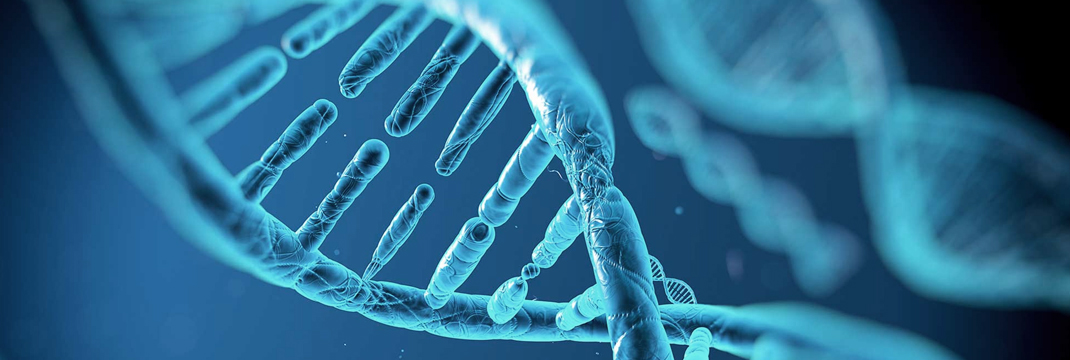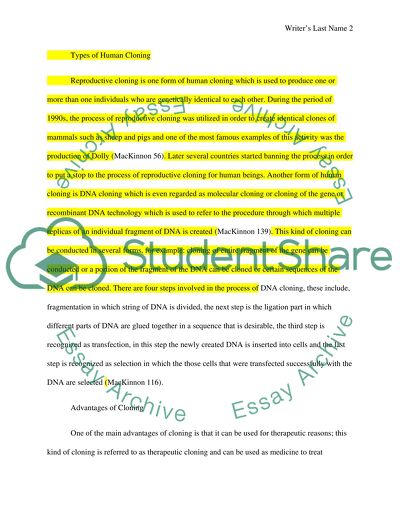
Plasmids and Antibiotic Resistance
Gene cloning (DNA cloning) is a genetic engineering technique that promotes the production of exact copies of a specific DNA sequence. The DNA with a target gene(s) is split into fragments using restriction enzymes and then inserted into cloning vectors like plasmids which transfer the recombinant DNA to suitable host cells, such as the bacterium E. coli · The Concept of DNA Cloning Research Paper Introduction. When two or more genes that have different kinds of gene code are combined they form Chimeric or fusion Steps. DNA recombination-This involves the identification and isolation of the DNA fragment containing the gene of Recombinant Fusion · In a PNAS paper entitled “Construction of Biologically Functional Bacterial Plasmids In Vitro,” my colleagues A. C. Y. Chang, H. W. Boyer, R. B. Helling, and I reported in November that individual genes can be cloned and isolated by enzymatically fragmenting DNA molecules, linking the pooled fragments to autonomously replicating circular bacterial genetic

Find a Tutor
A small tiny amount of DNA can also be found in the cell’s mitochondria. Dna is made up of four chemical bases: A,T,C,G. Human DNA consists of 3 million different bases. Each base is also attached to a sugar molecule and a phosphate molecule. Dna can also copy and replicate itself. One strand of DNA is known as the double-helix The first experiments in cloning date back to , when German biologist Hans Driesch split two-cell sea urchin embryos. Once separated, each cell grew into two individual sea urchins. This demonstrated that each cell in the early embryo has it’s own complete set of genetic instructions that can grow into a full organism (Wilmut &Highfield 60) Gene cloning (DNA cloning) is a genetic engineering technique that promotes the production of exact copies of a specific DNA sequence. The DNA with a target gene(s) is split into fragments using restriction enzymes and then inserted into cloning vectors like plasmids which transfer the recombinant DNA to suitable host cells, such as the bacterium E. coli
{dialog-heading}
The first experiments in cloning date back to , when German biologist Hans Driesch split two-cell sea urchin embryos. Once separated, each cell grew into two individual sea urchins. This demonstrated that each cell in the early embryo has it’s own complete set of genetic instructions that can grow into a full organism (Wilmut &Highfield 60) Gene cloning (DNA cloning) is a genetic engineering technique that promotes the production of exact copies of a specific DNA sequence. The DNA with a target gene(s) is split into fragments using restriction enzymes and then inserted into cloning vectors like plasmids which transfer the recombinant DNA to suitable host cells, such as the bacterium E. coli This chapter will present an overview of modern molecular cloning procedures and their potential applications, and provide the basic concepts and protocols required to perform a

Introduction
Applications of gene cloning Gene cloning involves the production in vitro of new DNA molecules which contain novel combinations of genes or oligonucleotides and the propagation of such recombinant DNA molecules by the exploitation in vivo of the replicative mechanisms of bacteria (Section ) and other organisms · The Concept of DNA Cloning Research Paper Introduction. When two or more genes that have different kinds of gene code are combined they form Chimeric or fusion Steps. DNA recombination-This involves the identification and isolation of the DNA fragment containing the gene of Recombinant Fusion Gene cloning (DNA cloning) is a genetic engineering technique that promotes the production of exact copies of a specific DNA sequence. The DNA with a target gene(s) is split into fragments using restriction enzymes and then inserted into cloning vectors like plasmids which transfer the recombinant DNA to suitable host cells, such as the bacterium E. coli
Gene cloning (DNA cloning) is a genetic engineering technique that promotes the production of exact copies of a specific DNA sequence. The DNA with a target gene(s) is split into fragments using restriction enzymes and then inserted into cloning vectors like plasmids which transfer the recombinant DNA to suitable host cells, such as the bacterium E. coli · The Concept of DNA Cloning Research Paper Introduction. When two or more genes that have different kinds of gene code are combined they form Chimeric or fusion Steps. DNA recombination-This involves the identification and isolation of the DNA fragment containing the gene of Recombinant Fusion Cloning is the process of recreating a genetic copy of an entire organism or sequence of DNA. Genetic clones occur naturally in asexual reproduction and in the birth of identical twins. Clones can also be produced artificially from a number of processes including gene cloning, reproductive cloning, and therapeutic cloning
No comments:
Post a Comment